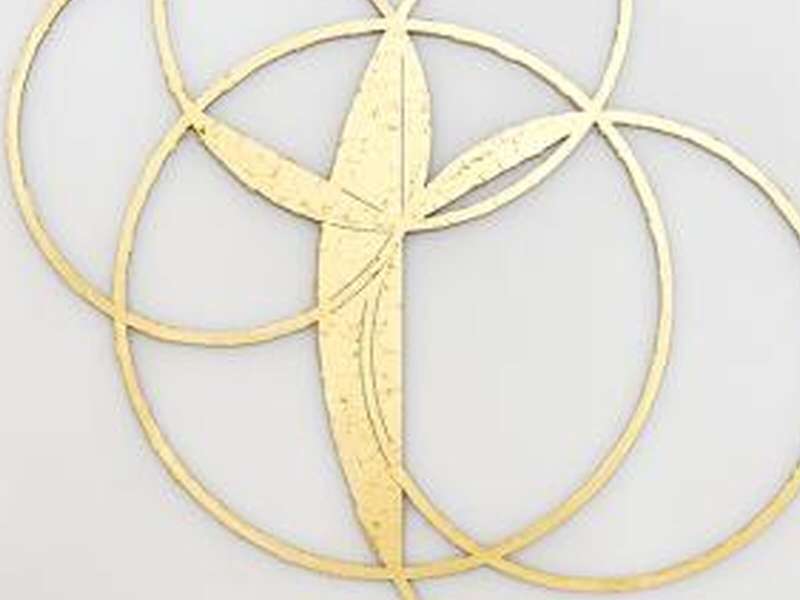
Remo Salvadori: An Immersive Journey Through Art, Energy, and Spirituality
The most extensive solo exhibition dedicated to Salvadori unfolds across Palazzo Reale, Museo del Novecento, and San Gottardo Church, blending matter, time, and space through sculptures, installations, and site-specific works.
もっと読む